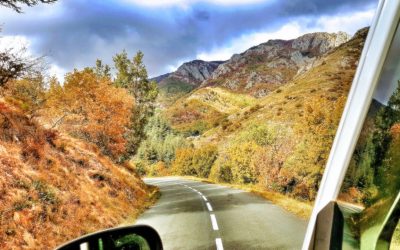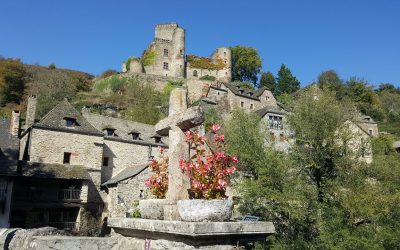France is one of Europe's most popular destinations and with just under 250,000 sq miles, you could be forgiven for not seeing it all....

les plus beaux villages de france
les plus beaux villages de france
Les Plus Beaux Villages de France: An insight
Travelling opens up our horizons and our experiences as we move out of our own country comfort zones and into a different...
Follow us
You can find us on social media,
different channels for different content.


